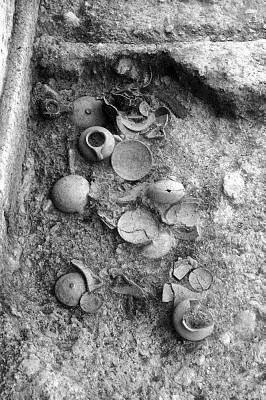Pindar's metaphor of the Isthmus as a bridge spanning two seas
encapsulates the essence of the place and gives a fitting title for this
volume of 17 essays on the history and archaeology of the area. The
Isthmus, best known for the panhellenic Sanctuary of Poseidon, attracted
travelers both before and after Pausanias's visit in the 2nd century
A.D., but only toward the end of the 19th century were the ruins
investigated and, a half century later, finally systematically
excavated. More recently, archaeologists have surveyed the territory
beyond the sanctuary, compiling evidence for a varied picture of
activity on the wider Isthmus and the eastern Corinthia. The essays in
this book celebrate 55 years of research on the Isthmus and provide a
comprehensive overview of the state of our knowledge. Topics include an
Early Mycenaean habitation site at Kyras Vrysi; the settlement at
Kalamianos; the Archaic Temple of Poseidon; domestic architecture of the
Rachi settlement; dining vessels from the Sanctuary of Poseidon; the
Temple Deposit at Isthmia and the dating of Archaic and Early Classical
Greek coins; terracotta figurines from the Sanctuary of Poseidon; the
Chigi Painter; arms from the age of Philip and Alexander at Broneer's
West Foundation on the road to Corinth; new sculptures from the Isthmian
Palaimonion; an inscribed herm from the Gymnasium Area of Corinth; Roman
baths at Isthmia and sanctuary baths in Greece; Roman buildings east of
the Temple of Poseidon; patterns of settlement and land use on the Roman
Isthmus; epigraphy, liturgy, and Imperial policy on the Justinianic
Isthmus; and circular lamps in the Late Antique Peloponnese.

